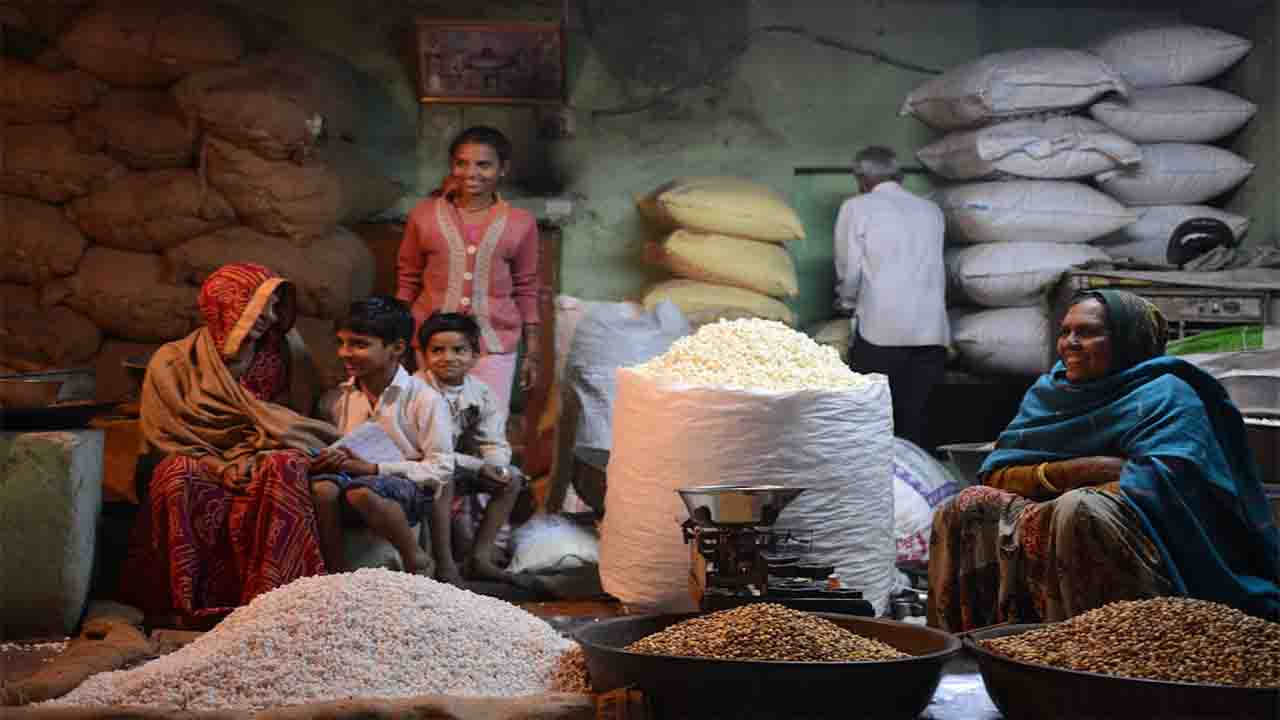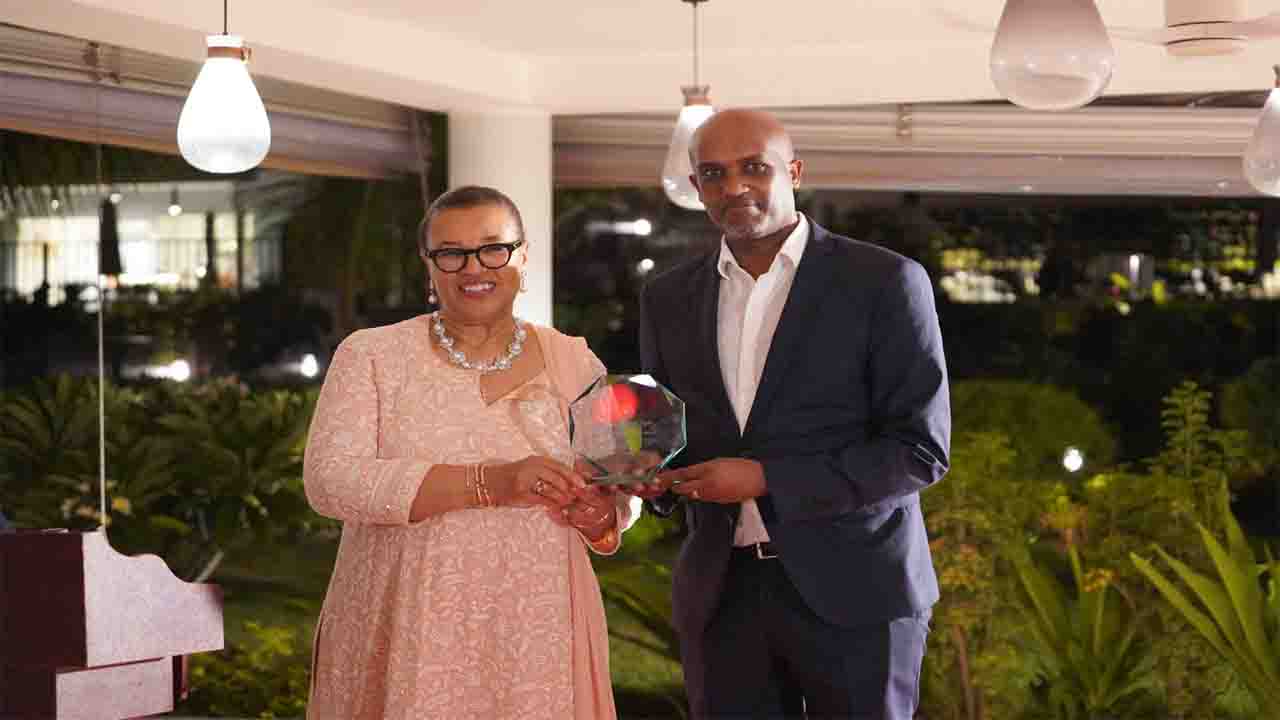How Can I Make AfCFTA Work For Me?
African Sourcing & Product Development
Eliminating intra-African, cross-border tariffs on 90% of all African traded goods means that sourcing and manufacturing on a pan-African scale is now feasible. That is going to have a significant impact on manufacturing businesses not just in Africa, but also for businesses in Asia, the Middle East and to some extent Europe, as operational overheads are far lower. An issue will be the productivity gap as African workers will require training and the ability to acquire new skill sets. This will need to be handled with some care, Africa is a huge continent and to give an idea of diversity, it is prudent to note that the AfCFTA deal itself is legally binding with versions in Arabic, English, French, Portuguese, Spanish and Swahili.
Where To Locate In Africa?
Investors will now be able to establish factories and source on a pan-African basis, consolidate component parts and create a single unified product. That means that sourcing for different African components can take place throughout the African continent, then married together with duty free (via Free Trade Zones) imported components from elsewhere (including your own manufacturing) and then worked into a final product. That can then be either sold onto the African market (in which case import duties on the component parts kick in to the cost price, together with local VAT) or reexported elsewhere (in which case any VAT paid on products in Africa can be reclaimed).
Where these processes should be organised is dependent upon a number of issues:
Origin of the Investing Company
This is pertinent as it directly impacts on other Bilateral and Double Tax Treaties (DTA) that may be in place between different countries. This includes not just African countries but also overseas. Mauritius for example has a highly successful DTA with India that reduces profits taxes for Indian businesses receiving dividends from a Mauritian parent company. The nature of DTA and other trade agreements between your businesses country of domicile and the African nations concerned should be ascertained.
Free Trade Zones
This is an area of trade development that will rapidly expand in Africa, and especially on coastal regions. FTZ allow the importation of goods duty free, where they can be mixed with African sourced products and subsequently either resold onto the African domestic market, (in which case the imported component parts will attract VAT) or re-exported elsewhere (VAT and applicable duties will still apply when they reach their designated destination). Essentially this is a question for Head Office accountants, being a product competitive toss-up between lower wages in Africa and the amounts of VAT and applicable duties in the target market.
That worked for China back in the early 1990’s, when a combination of low Chinese wages at the time and a low tax base and incentives were one of the main pillars that allowed the country to attract foreign investment from all over the world, growing into the economic giant it is today.
Most Free Trade Zones also allow tax incentives and holidays; some are industry specific to allow industry clusters to develop with related businesses all operating in one zone to assist each other. That model was originally developed by Taiwanese businessmen in the footwear industry, where leather manufacturers, rubber sole producers, zip and fastener makers and other related footwear manufacturers all came together to supply each other with the related products in factories in a specific Footwear Free Trade Zone in Dongguan, South China. Similar zone models are sure to spring up in Africa.
Africa and China’s Belt & Road Initiative
China’s President Xi Jinping has stated that China is prepared to invest US$40 billion https://www.silkroadbriefing.com/news/2021/12/02/china-pledges-us40-billion-in-multiple-infrastructure-projects-for-africa/ in infrastructure projects in China. While many African nations are looking to China to invest, the Belt & Road Initiative and involvement with AfCFTA will manifest itself more through bilateral infrastructure agreements, some of the more notable we examined in the article Eight African Belt And Road Initiative Projects Foreign Investors Should Be Aware Of. https://www.silkroadbriefing.com/news/2020/10/30/eight-african-belt-and-road-initiative-projects-that-global-investors-should-be-aware-of/ Those, and future BRI projects in Africa are not a result of AfCFTA, although AfCFTA will be a partially determining point in where some projects will be built, and especially as concerns trade. That means developing Ports, Roads, and Rail, all of which I discuss in the article linked to above. Africa as a continent needs rather more than supply chains, and some BRI projects, Chinese bilateral and Commonwealth multilateral assistance can be expected to arrive in the form of medical and other health related projects.
Summary
AfCFTA itself as a trade agreement, coupled with the DTA and bilateral agreements I have illustrated, is not in itself an infrastructure facilitator. But it does open the way, with adequate productivity gap patience, to allow African manufactured goods to be exported around the world. It also, via the use of Free Trade Zones (such as the Chinese and Russian FTZ in Egypt’s Port Said) allow foreign manufacturers access to a large and relatively cost-effective workforce – once those training and educational gaps can be bridged. AfCFTA will significantly alter global supply chains, although it will be a work in progress, and there will be disputes and conflicts and hiccups along the way. But one aspect is for sure – the AfCFTA deal will impact on all of us and change the very nature of the products – some new – that will restructure global purchasing operations, and shift where manufacturing investments are made.
A comprehensive, 163 page World Bank report, “The African Continental Free Trade Area: Economic and Distributional Effects” can be downloaded free of charge here. https://openknowledge.worldbank.org/bitstream/handle/10986/34139/9781464815591.pdf











